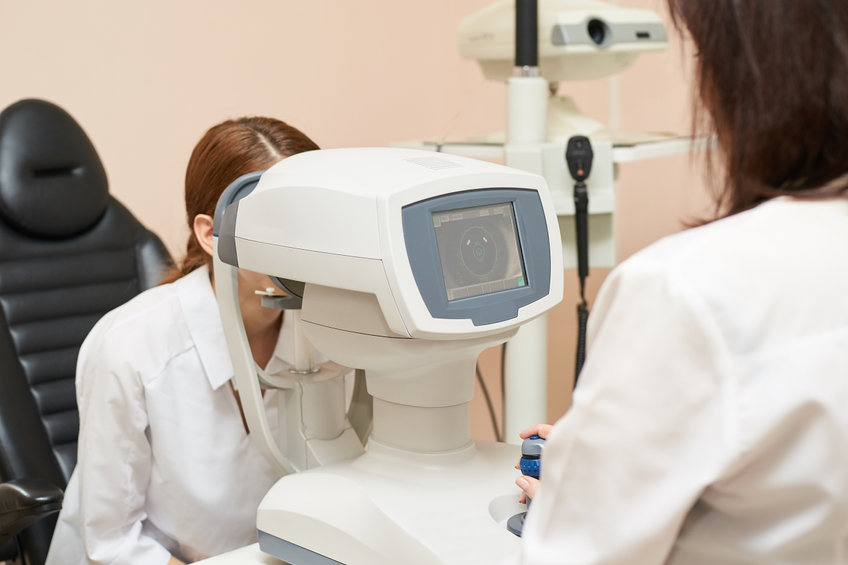
How Bad Can Glaucoma Really Be?
Glaucoma is a horrible disease of the eye that permanently claims eyesight. The ailment starts taking vision on the sides of the eye before working inward. If left untreated, glaucoma can cause blindness in one or both eyes.
Truly a thief of vision
The tricky thing about glaucoma is that most patients aren’t aware the disease is present. With nary a symptom, glaucoma will go undetected until vision starts to fade. There are typically no physical signs of the disease, making regular visits to the eye clinic that much more critical.
The eye doctor is on your side
During a comprehensive ocular exam, the eye will be subject to a series of painless tests to detect and diagnose issues. Glaucoma is one of the leading causes of vision loss in the world and needs to be caught quickly. Fortunately, there are several ways to locate the otherwise silent disease. While some of these tests make contact with the eye, the eye is always numbed beforehand.
Too much pressure to handle
One of the most important figures to understand when looking for glaucoma is eye pressure. In a tonometry test, a healthcare specialist will use one of a few methods to check the pressure in each eye. Normal eye tensions typically range somewhere between 10 and 21 mm Hg. Anything above this spectrum is a potential indicator of the disease.
How thick are your corneas?
Medical professionals can use a pachymeter to check the thickness of the eye’s front surface, known as the cornea. Patients with thin corneas show lower eye pressure readings in a tonometry test than tensions actually are. An understanding of corneal thickness helps ophthalmologists accurately diagnose glaucoma even when eye pressures appear to be normal.
The pathway to the brain
In an ophthalmoscopy, a physician will dilate the eye to examine the optic nerve directly. Damage to the optic nerve from glaucoma (or another disease) will likely be visible through magnification. Anything out of the ordinary is noted, and additional testing may be required.
Follow the light
If the optic nerve appears abnormal, the eye doctor may request a perimetry, also known as a visual field test. Using a series of lights, this test maps what a patient can see and what is outside the field of sight. Gaps or blind spots in peripheral vision are a good indicator that glaucoma has already started to set in.
To drain or not to drain
A gonioscopy allows the healthcare specialist to check if the angle between the iris and cornea is open or closed. A closed angle indicates that eye fluids are not draining, leading to elevated pressures. During the test, a mirrored contact lens is placed on the cornea that allows the doctor to see into each angle.
The final verdict
No two approaches to treating glaucoma are exactly the same. These tests can give the ophthalmologist enough information to diagnose glaucoma if enough symptoms are present. From there, eye drops can keep ocular tension at a safe level and significantly reduce the risk of damage.